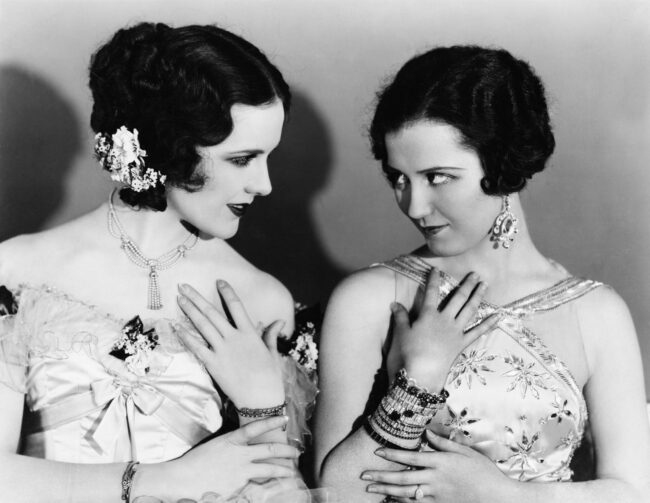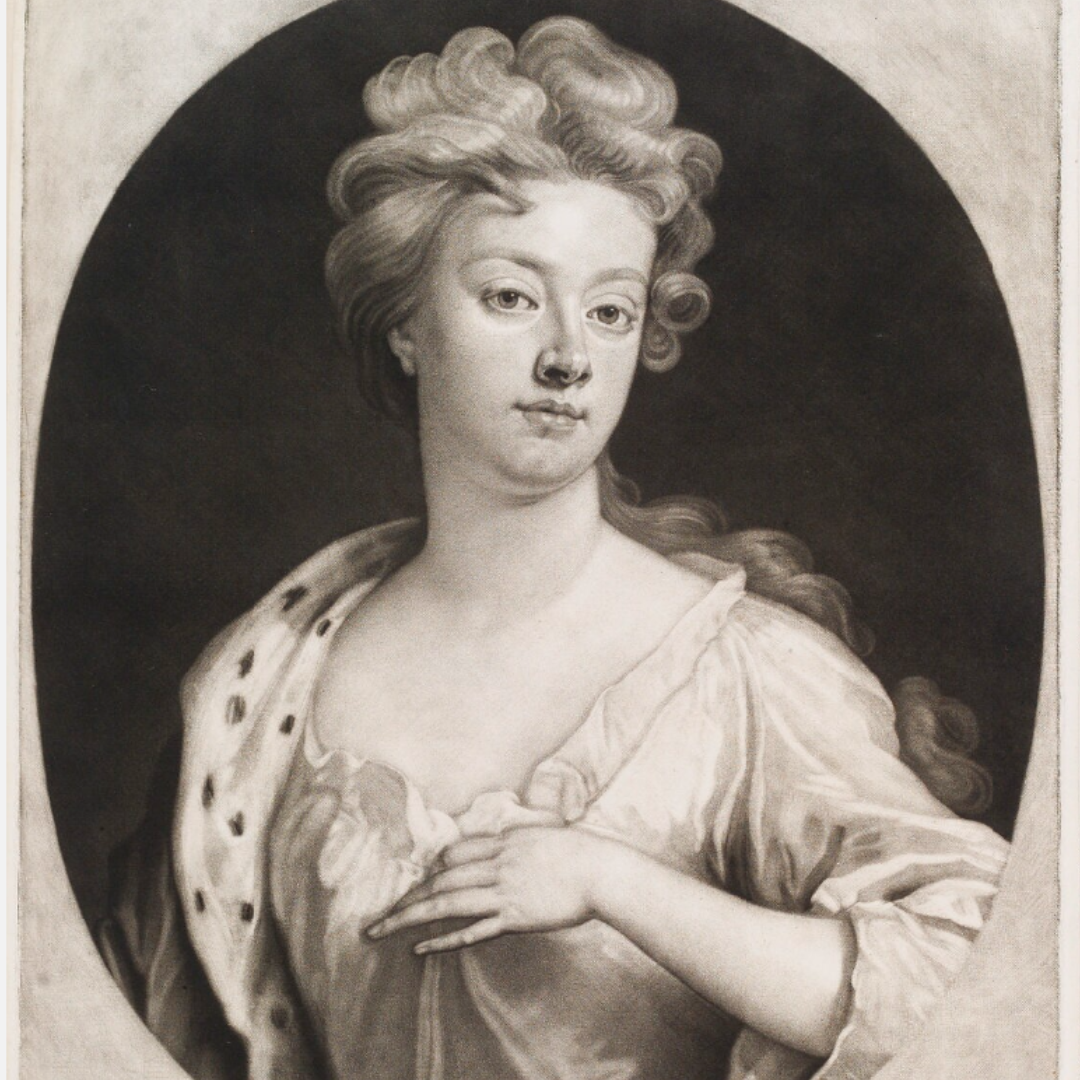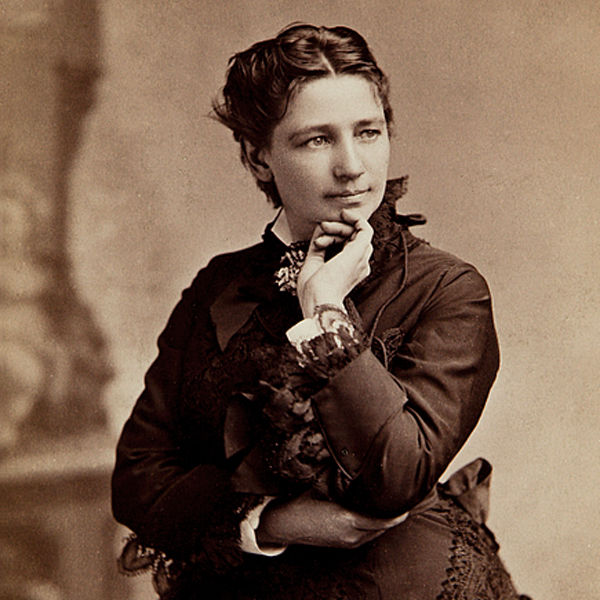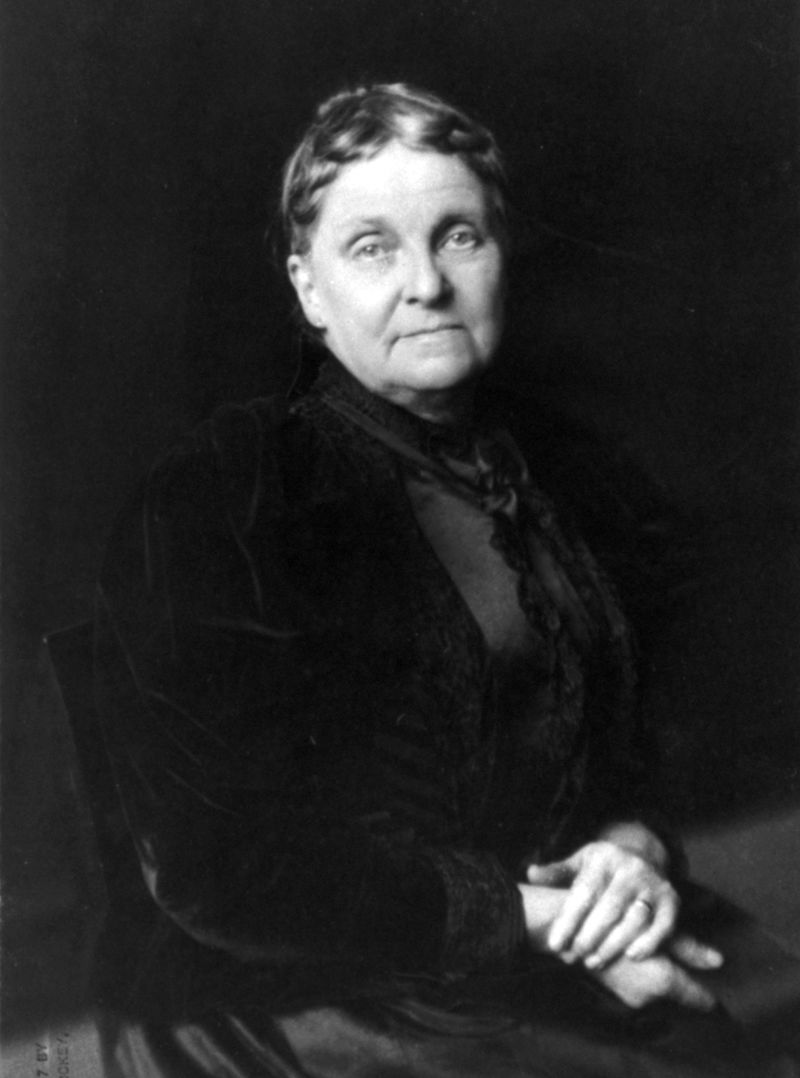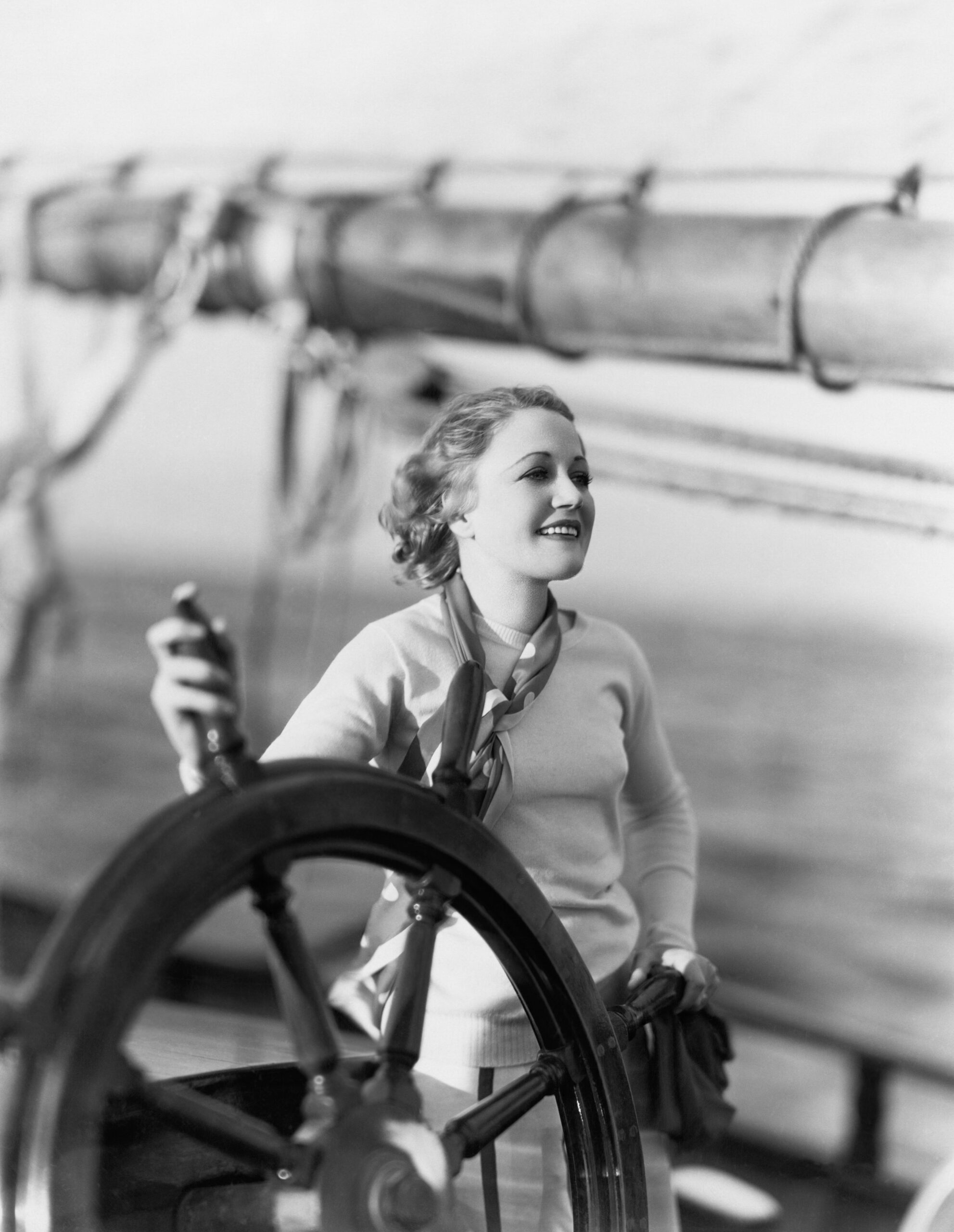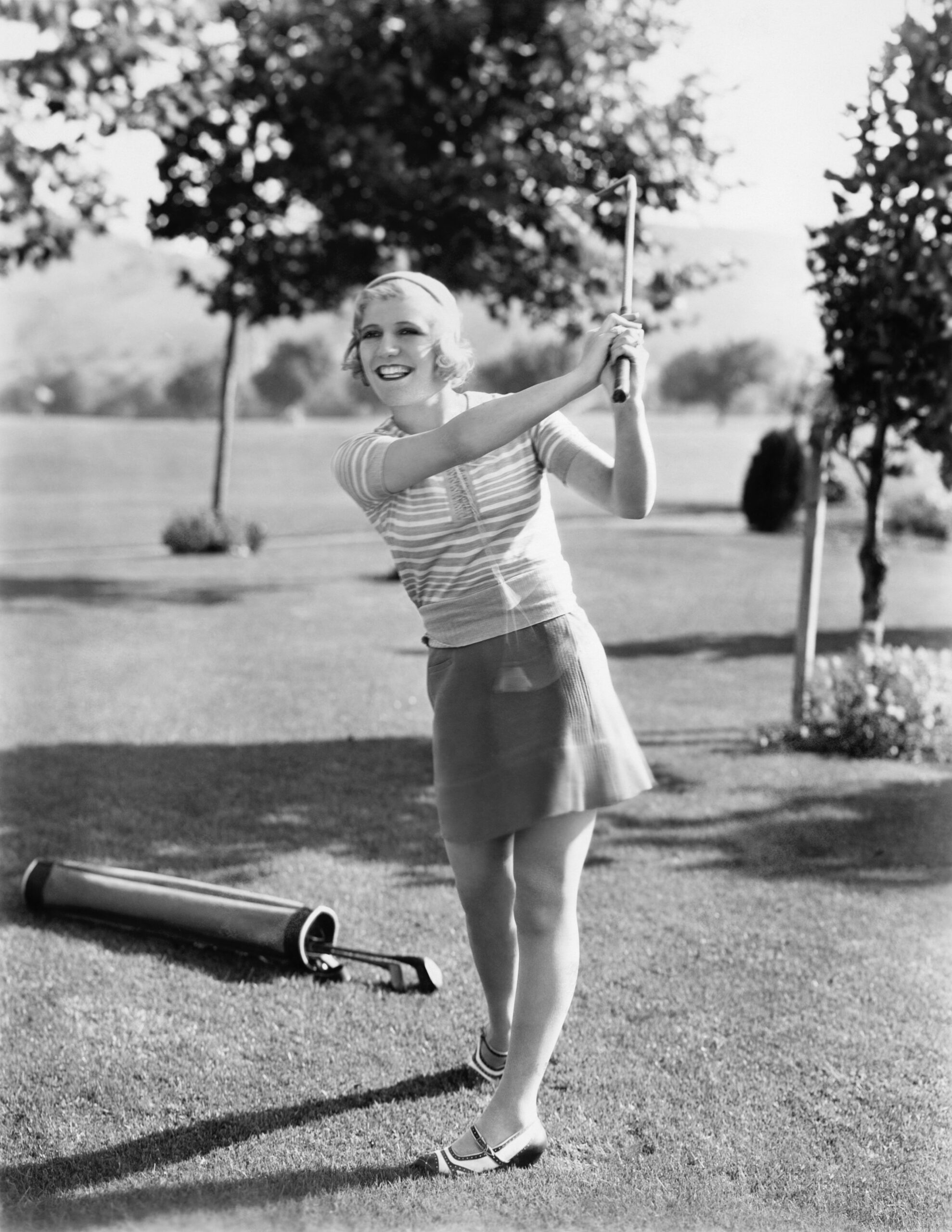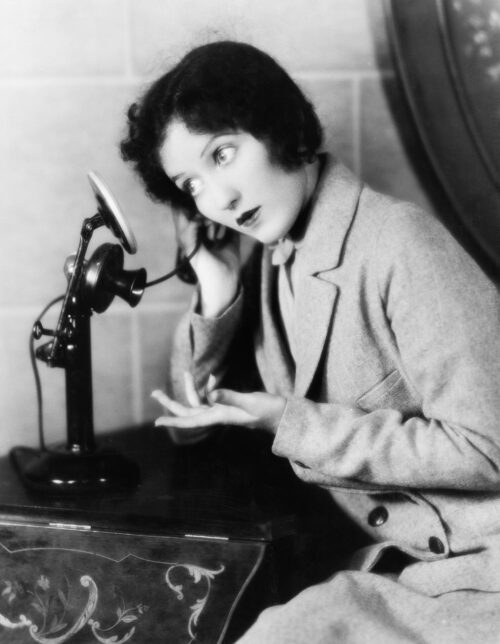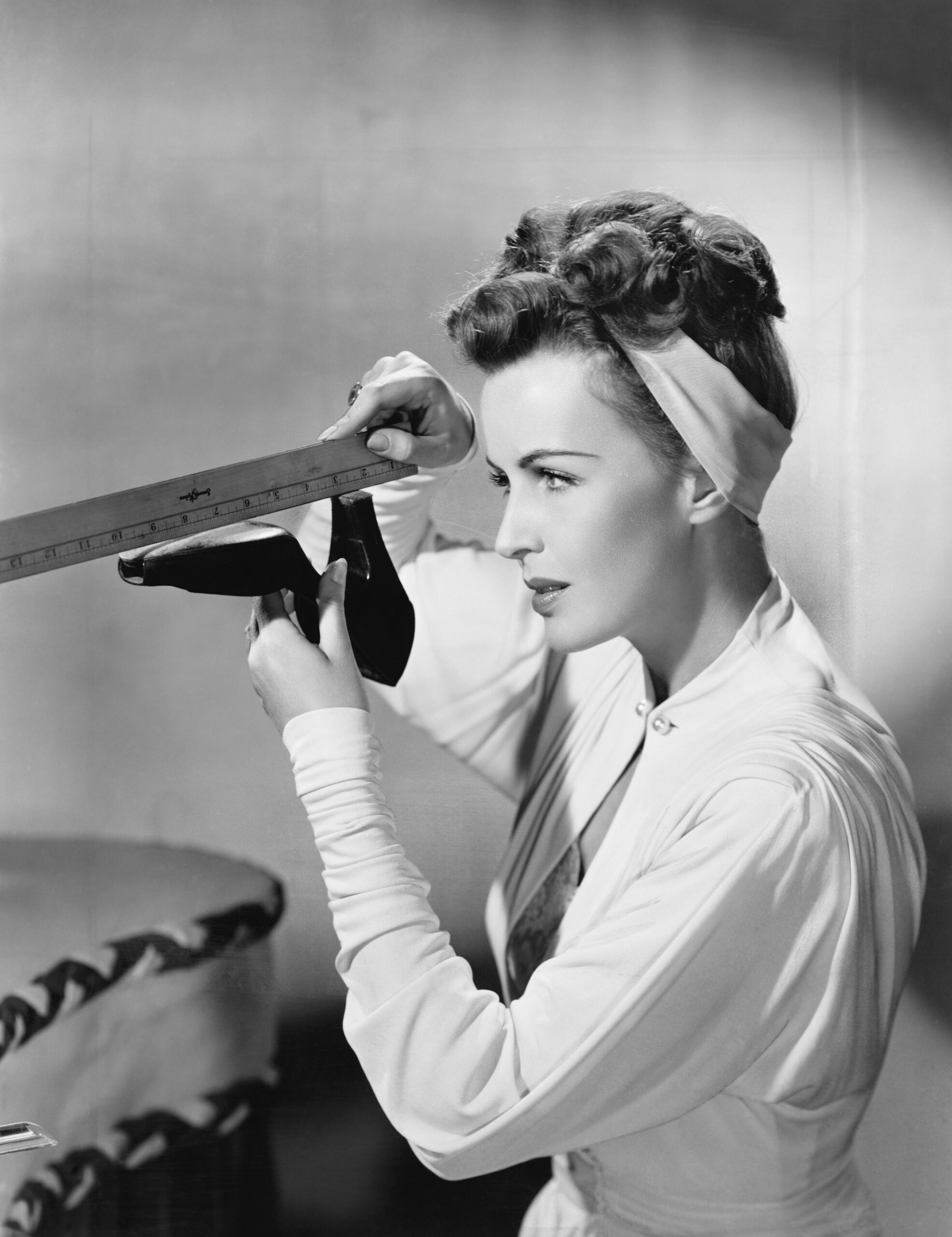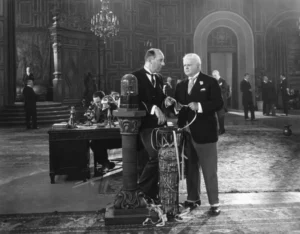
Investing in the stock market is not just a financial strategy; it’s a powerful step towards creating a future where your money works for you, paving the way to financial independence. Unlike the linear exchange of time for money in employment, investing in assets like stocks, property, or even art, means your money grows independently, working tirelessly on your behalf.
The Essence of Investing
Investing in stocks, or equities, means buying a slice of a company. As the company grows, so does the value of your share. Yes, the market fluctuates, but history has shown a consistent upward trajectory over the long term. For instance, the UK stock market has seen an average annual return of 5-7% over the last century, and the US market a striking 9-10%. These figures, even before adjusting for inflation, outperform traditional savings accounts or property investments.
The Power of Compounding
Einstein wasn’t wrong when he called compounding the ‘Eighth Wonder of the World‘. The concept is simple yet profound – the returns on your investment generate their own returns, and so on. This is the heartbeat of successful long-term investing
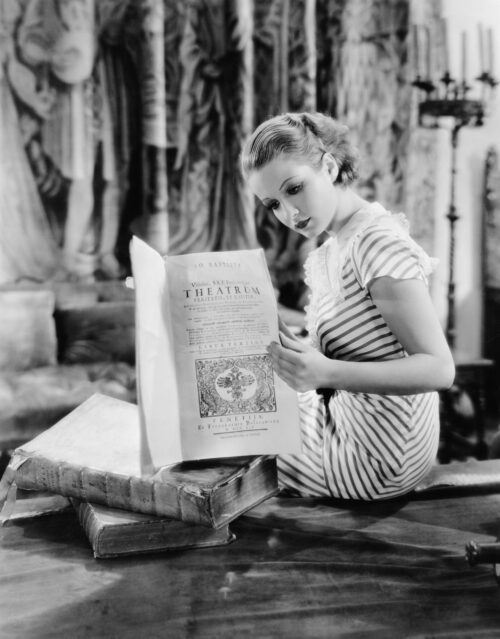
A Long-Term Game
Investing is not a shortcut to wealth; it’s a marathon, not a sprint. The ultimate goal is financial independence, where the passive income from your investments can comfortably cover your living expenses. And beyond that lies financial freedom, where life’s choices are no longer constrained by financial limitations.
Why Women Must Invest
A recent survey by Boring Money highlighted a concerning ‘investment gap’, with women having on average £39k or 28% less in their private pensions compared to men. This gap stems from unequal pay and the financial impact of care giving roles. However, despite these challenges, women have been found to excel in investing, often focusing on both profit and purpose, aligning investments with personal values and global betterment.
Overcoming Financial Fears
It’s natural to fear loss or feel you must know everything before beginning. The key is to start responsibly – never invest money you can’t afford to lose. Set aside a safety net of 3-9 months of living expenses and clear any high-interest debts. Diversification is your safeguard in investing, spreading your investments across various sectors and geographies to mitigate risks.
Starting Small
The misconception that investing requires substantial initial capital is just that – a misconception. Modern investment apps allow you to start with as little as £1. Aiming to invest 10% of your net income is a great goal, fostering the habit of ‘paying yourself first’.
Investing is Not a Full-Time Job
You don’t need to be glued to a computer screen all day to succeed in investing. In fact, a busy life can be an advantage, leaving your money alone to grow over time. The key to success is consistency, discipline, and a straightforward plan.

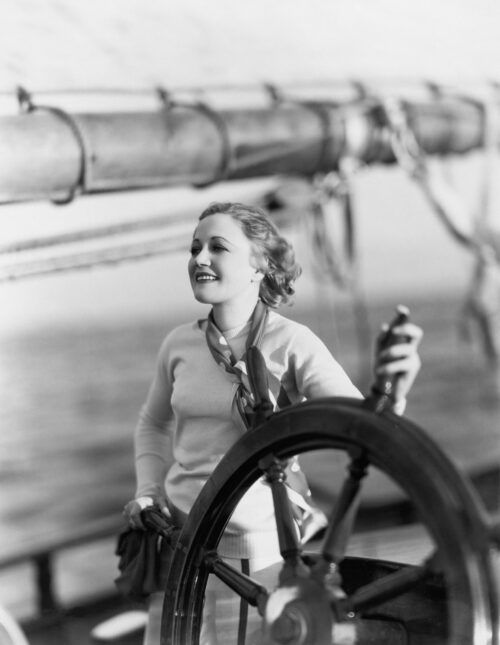
The First Steps
The most critical step in investing is educating yourself. It’s a learnable skill with a wealth of resources available to guide you. Start by reading and absorbing as much as you can, then approach investing with a consistent, disciplined mindset. Avoiding random and whimsical decisions!
Investing is a journey of empowerment. Taking that first step might seem daunting, but it’s easier, more exciting, and more rewarding than you might think. Remember, the goal is not just financial gain but the freedom and choices that come with it.
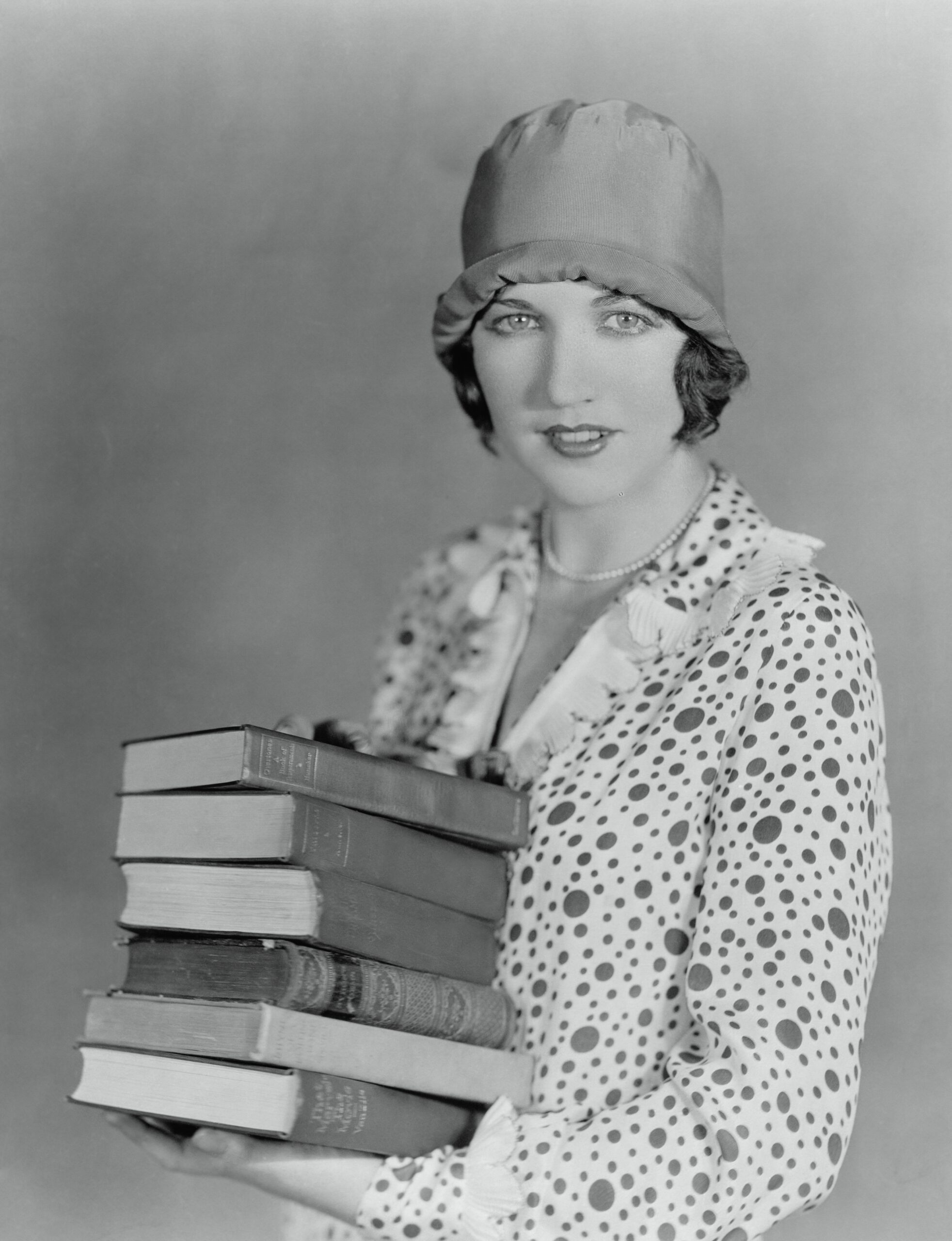
*Elizabeth Pearson’s insights into the world of investing demystify the process, encouraging especially women to take the plunge into this rewarding journey of financial growth and independence.*
If you would like to start investing and don’t know where to start or who to trust then please do click HERE for my investing guide: Girls Just Want to Have Funds! The 7 Simple & Sparkly Steps to Start Investing.
If you liked this post, you might also enjoy these from the archive:
Girls Just Want to Have Funds: 3 Surprising Myths About Women and Investing

